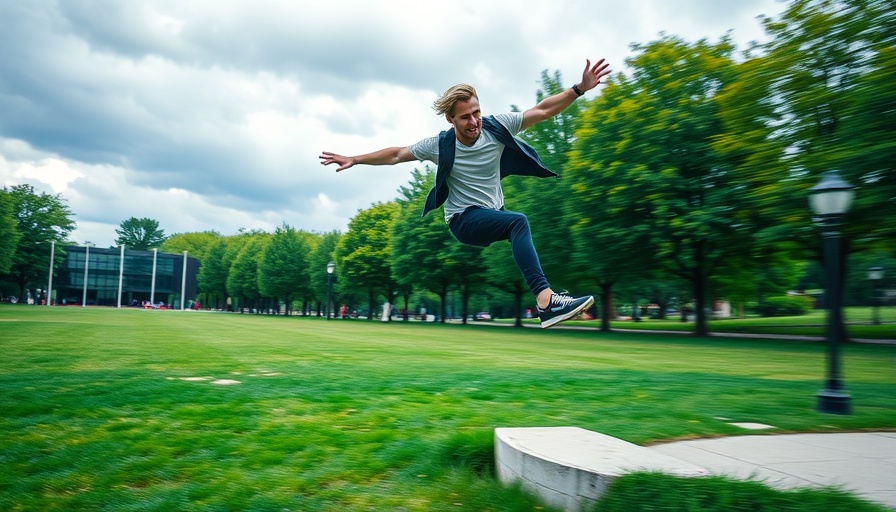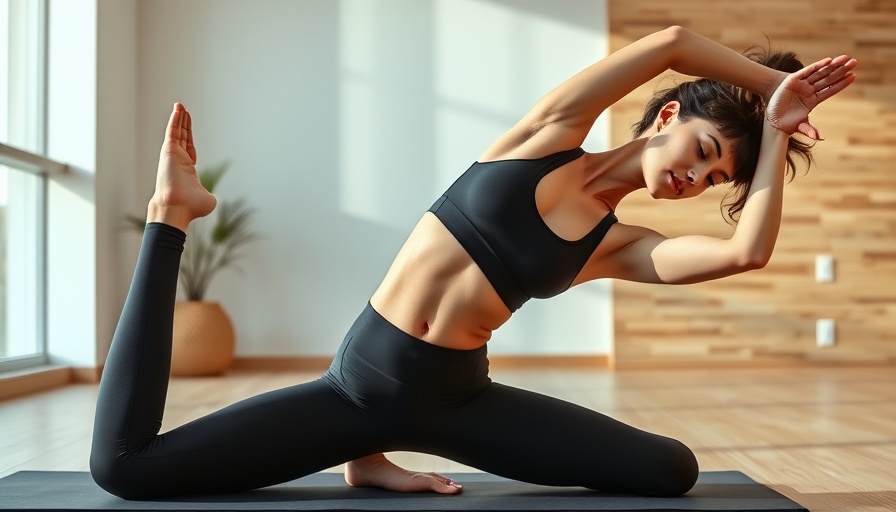
Empowering Lives Through Mindfulness
The mindfulness movement has gained momentum over the years, and in 2025, a new generation of women leaders is shaping the discourse surrounding it. These ten remarkable women have not only found ways to incorporate mindfulness into their own lives, but they've also made strides in their respective fields, significantly impacting future generations. This article will introduce you to these powerful leaders and highlight how their stories contribute to our understanding of mindfulness.
Recognizing Resilience: Brenda K. Mitchell
One of the exemplars of this movement is Pastor Brenda K. Mitchell. Following a personal tragedy—the murder of her son—Brenda faced overwhelming grief that forced her to reassess her life. Instead of putting on a brave face and moving forward as before, she embraced her brokenness. “As strong as I’ve always been,” she recalls, “I had to stop and embrace my brokenness so that I could finally start to heal.” This transformation from trauma to healer enables her to lead mindfulness initiatives for other survivors, showing the integral role mindfulness plays in community recovery. Brenda’s narrative especially resonates with advocates of mindfulness and trauma-informed care in communities of color.
Roots of Liberation: Shelly Harrell
Shelly Harrell, a psychologist and mindfulness teacher, shares a similar spirit of empowerment. She integrates the lessons learned from her childhood experiences and her passion for music into her work. Shelly introduces us to the idea that mindfulness isn’t just a set of practices but a way of life rooted in joy and compassion for humanity. Her Soulfulness Center serves as a beacon for individuals seeking a deeper connection with themselves and their community.
The Benefits of Mindfulness in Daily Life
Integrating mindfulness practices into everyday life offers numerous benefits, from reducing stress to improving overall well-being. Regular mindfulness encourages individuals to pause, breathe, and inhabit their present moments, thus fostering resilience and emotional intelligence. Through simple techniques such as mindful breathing or gratitude journaling, anyone can begin to reap the rewards of a mindful lifestyle. Whether you're navigating through personal challenges, busy schedules, or both, these practices provide a framework for maintaining balance and peace in a fast-paced world.
Community Healing and Collective Growth
The collective experiences and insights of these powerful women underline the importance of community in healing. They teach that healing is a shared journey that transcends individual struggles, illustrating the connection between personal well-being and communal resilience. By fostering collective healing, these women empower others to confront their challenges and support one another in their healing journeys.
Future Trends in Mindfulness
Looking ahead, mindfulness is poised to play a critical role in shaping future wellness landscapes. As these ten leaders continue to innovate, we can expect new mindfulness techniques and practices to emerge, tailored for diverse populations. The trend of integrating mindfulness into various facets of life, including workplaces, schools, and healthcare settings, will only grow stronger, making it more accessible to everyone. The emphasis on emotional health, especially post-pandemic, indicates a rising need for mindfulness in enhancing mental well-being and navigating life's uncertainties.
Call to Action: Embrace the Mindfulness Journey
As these women empower themselves and others through mindfulness practices, we too can take steps towards a more balanced life. Explore mindfulness courses, join local groups, or start incorporating small practices into your routine, such as meditation or mindful stretches. Your contribution to promoting your well-being and that of your community could be the spark of change needed in today’s world.
 Add Row
Add Row  Add
Add 




Write A Comment